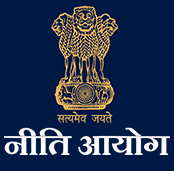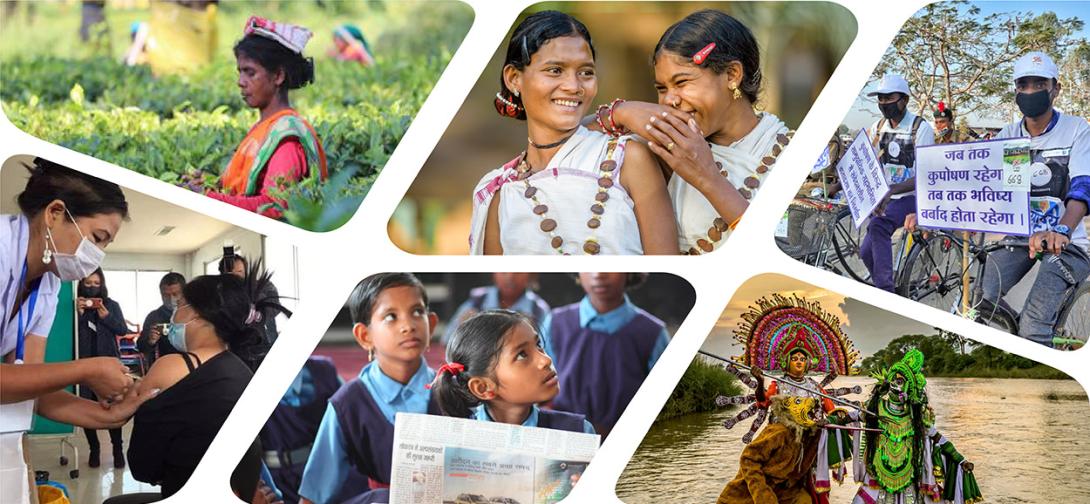Assam's Darrang Is Transforming Last-Mile Delivery in Education
Nestled in a narrow strip of fertile plains, between the mighty Bramhaputra and the breathtaking Himalayas, lies the bustling town of Mangaldoi, at the heart of Darrang district in Assam. A mere hour and a half by road from the Guwahati Airport, the town, distinct with its robust workforce and newly paved roads, represents the aspirations of a growing population of nine lakh people.
Spanning 1585 square kilometres and 600 villages, Darrang is interspersed with rural settlements, few small towns, and vast stretches of paddy fields. The district was included within the ambit of the Aspirational Districts Programme on the basis of its poverty and performance on a range of indicators for human development. Indeed, as recently as 2011, about 30% of landless households in the district derived a major part of their income from manual, casual labour as per the Socio-economic Caste Census (SECC 2011).
While the provision of quality services remains the responsibility of the government, the onus of availing these facilities also falls on community demand and awareness. One such step to fostering bottom-up and informed citizenship is the provision of quality education. Yet, Darrang faces significant challenges in this. While the percentage of children in classes V–VIII who could read a Class II textbook was 28.4% in 2016 (ASER 2016), the percentage of elementary schools with three WASH facilities (toilet, drinking water and handwashing facilities) was only 54%.
In 2015, 30.5% of Darrang’s population was below the age of 15 years (NFHS-4). The district faces the unique challenge of harnessing the coming decades to ensure quality provision of schooling in real time and creating a strong network of public-service delivery, while fostering a bottom-up movement for social accountability and uptake.
Identifying the urgency of the situation, the district administration has drawn out a district transformation map across sectors, significant parts of which are their innovations to improve learning outcomes, and to track improvements at the school level within the larger umbrella of the Gunotsav Campaign for quality education initiated by the Government of Assam in 2017.
During my visit to the district as part of NITI Aayog’s endeavour to understand grassroots challenges in aspirational districts, I witnessed some of these innovations in real-time.
The adoption of schools by teachers from 100 district colleges is one such initiative. These teachers, designated as ‘mentors’, have adopted 100 schools (up to Class VIII) to support teaching-learning practices, especially for mathematics and science subjects, to address the needs of about 6000 students. They support the school in improving the learning outcomes through co-created academic activities specifically in Class VIII for language and mathematics.
Another such initiative is the identification of children according to grade-level competencies and regular remedial classes in 1157 elementary schools to close the gap between what a student knows and what she’s expected to know. The existing schoolteachers facilitate the classes in their respective school after normal instructional hours, or during lunch hour, based on the learning needs of the students.
In addition to the above, the district has partnered with Piramal Foundation to create a jan andolan for volunteers from within the district to conduct remedial classes for students from classes II to V in learning centres, targeting the needs of those who lag behind their counterparts in grade-level competencies, coupled with baseline and end-line assessments to measure progress.
Darrang displays a high potential for delivering an education of quality to its residents, and is taking keen steps to address this potential. If it sustainably replicates its innovations to saturate the entire district, especially in the char areas that currently remain inaccessible due to the Bramhaputra and its tributaries, then it may serve as a model of last-mile delivery for replication in similar areas across the country.
*Anmol Narain is a Young Professional with NITI Aayog. Views expressed are personal.
 National Portal Of India
National Portal Of India 







